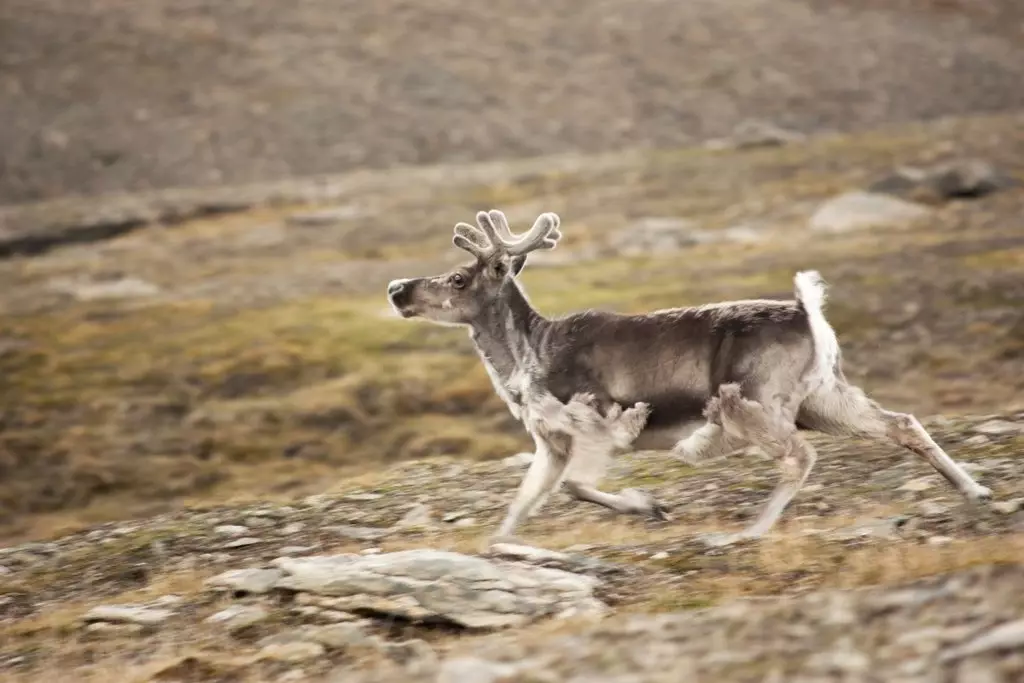
Several decades ago at the reindeer living on the highlands of Scarvheimer in Norway, noticed extremely unusual behavior: they eaten the horns. In itself, this is often found among uncoiling mammals: osteophagia allows the revenue of the minerals required to grow horns and hoofs. But usually the animals gnaw up already dropped horns, they also bite them right from the head of the neighbors.
Then, in the 1980s, traces of other people have found only eight percent of deer. In the late 2000s - already in 72 percent, and now the number of "bitter" has grown to 97 percent, and regardless of gender: Northern deer horn is also in males, and in females. This is reported in an article published in the SCIENTFIC Reports magazine. The authors of the work - ATLE Mysterud and his colleagues from Oslo University - indicate the connection between such "horn cannibalism" and the mass death of animals, marked in 2017-2018.

Then thousands of local deer were amazed by the deadly "chronic depletion disease" (Chronic Wasting Disease, CWD). This is a prion disease caused by proteins with an anomalous structure. Among the most famous such infections can be called "cow's rabies" and a kour, affecting people. The prions strike nervous tissues and are transmitted to other animals when eating them. That is why scientists suggested that there may be a connection between the engagement of the horns and mass death from CWD.

"The horns are capable of growing on an impressive speed, up to two or three centimeters per day," the authors of work write, "the growing tissue is densely penetrated by touch endings associated with a trigeminal nerve." Theoretically, the prions are really capable of spreading through these cells, but they have not yet found their direct evidence of their presence in the horns of reindeer. The reason for such an unusual behavior of animals is unknown.
Males of reindeer recesses the horns with the beginning of winter and grow them for the summer; For them, the horns serve, apparently, in the same secondary sexual sign, the domination tool in the flock, like other deer. In females, everything happens on the contrary: they drop the horns at the end of the spring and to winter they grow new. It helps to successfully compete with males for food in the cold snow months. In addition, the ruffes of females are less aggressive, which makes it easier to grow newborn offspring.
However, the annual cultivation of new horns - the task is extremely expensive. Populations of deer in Scarvheimer for many years remains not in better form, experiencing a shortage of space for pastures and, accordingly, food. Scientists suggest that the unusual form of "horn cannibalism" could arise precisely to replenish missing resources. You can remember that deer on Svalbard, which also lacks food, switched to eating sea cabbage.
Source: Naked Science
